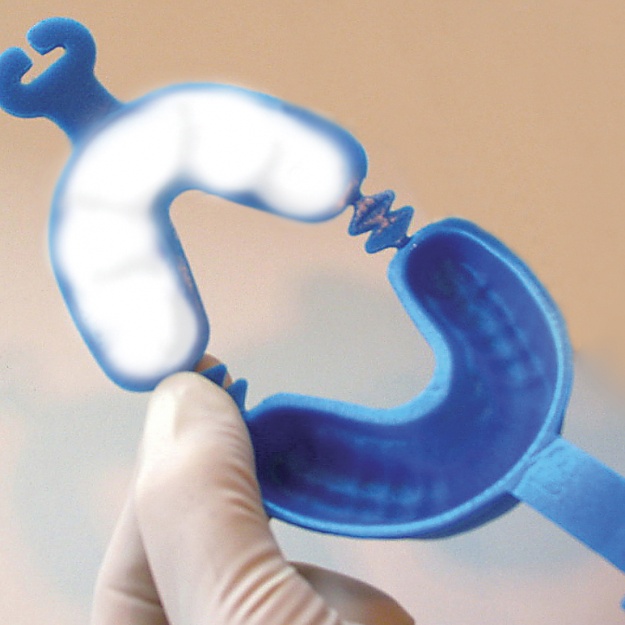RESOURCES
Thank you for choosing
Dental Arts San Diego!
DENTAL ARTS FORMS
Please make sure to bring your completed forms below to your first dental appointment.
If you have any questions please call our office at (619) 444-1001.
DENTAL IMPLANT FAQ’S
A: A dental implant is a permanent new root for a missing tooth. It is a titanium screw that is placed into the jaw bone. An abutment and crown is then placed on the implant to provide a new tooth that is permanent and looks just like a natural tooth.
A: Dentures are a removable set of teeth or partial set of teeth that need to be removed and cared for in a special manner. They can often feel bulky and are difficult to get used to. Dental implants are a permanent replacement for missing teeth that can be cared for just like natural teeth.
A: Dental implants look and feel just like real teeth, they are permanent, you can eat the foods you want without any fear of embarrassment, and they procedure is very successful and fairly inexpensive.
A: We place and restore implants for you! Visit www.dentalartssandiego.com/alternative-implant-options-in-our-office
A: The price of your dental implants will vary based on the level of experience of your doctor, how many implants you are having placed, amount of insurance coverage, and more. Schedule a consultation with us to determine a price for your implants and a financing plan if necessary.
A: No. A local anesthetic will be given before the procedure so that you do not feel any pain. If you have anxiety or fear you should discuss sedation options with your dentist.
A: When cared for properly, implants should last a lifetime. Proper oral hygiene and regular dental visits are essential to the success of your implant.
BENEFITS OF FLUORIDE TRAYS
Do you have problems with your teeth or suffering from cavities? Would you do anything to avoid going to the dentists?
We have a solution for you – FLUORIDE TRAYS!
Tooth decay begins when the bacteria and sugars present in the mouth form acids that erode the tooth’s protective enamel. These acids cause minerals to be lost from the tooth’s enamel layer, a process called demineralization. This can lead to the formation of holes (cavities) in the teeth.

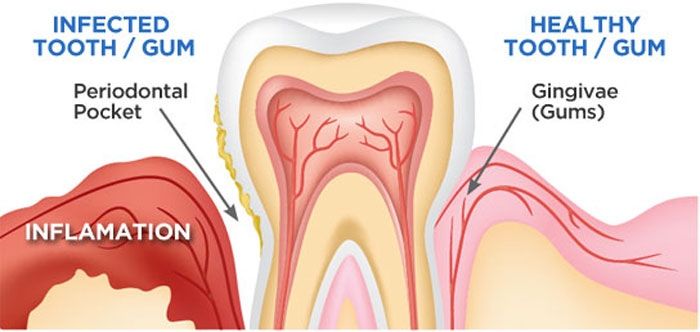
PROFESSIONAL PERIODONTITIS TREATMENT
ARESTIN (minocycline HCl) Microspheres, 1 mg is an antibiotic periodontitis treatment indicated as an adjunct to scaling and root planing (SRP). Arestin: Fighting infection where it starts. You may have heard about gum disease, also known as “periodontitis” or “periodontal disease.” Maybe a dental professional or hygienist recently told you that you have this infection. But do you really know the difference between periodontal disease and other types of complications that can affect your mouth, such as gingivitis?
SEDATION
What if you could have all your dentistry that you have been putting off for years in the conventional dental office in one or two comfortable visits?
What if you could finally receive all of the treatment while sleeping- free of fear and pain?
We specialize in Sedation Dentistry and Sleep Dentistry, treating people with dental phobias and anxieties We offer different types of sedation dentistry. These include administering oral sedation, a pill, laughing gas, and intravenous sedation to deliver a combination of drugs.
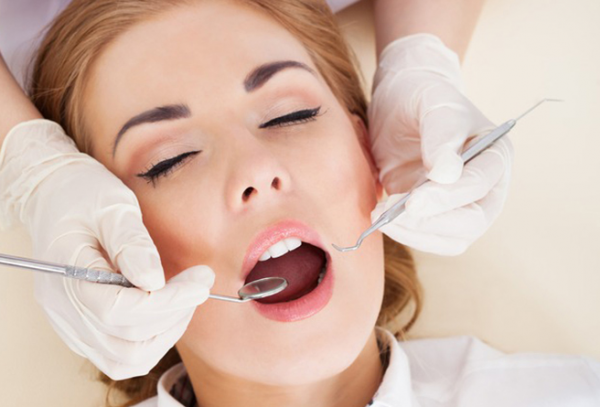

LAUGHING GAS
Laughing gas is the most commonly used form of sedation in dentistry. It is administered by having the patient inhale the gas, which is carefully monitored by your doctor. You will fall into a euphoric state and feel completely relaxed. All feelings of fear and anxiety fade away, leaving you to sit back peacefully while your dental procedure is performed.
SEDATION FAQ
A: If you have anxiety or fear about going to the dentist you are a candidate for sedation dentistry. If you have a fear of pain, have had a traumatic dental experience in the past, or the sounds and smells of a dental office make you nauseous, sedation dentistry can help you get over your anxiety.
Some people have physical reasons, like a bad gag reflex or very sensitive teeth, which make them a candidate for sedation dentistry as well. If you are not sure if you are a candidate ask your dentist.
A: No, but you will be in a deep state of relaxation during your treatment. You will still be able to breathe on your own and communicate, but you will not feel any pain or anxiety. You may not even remember the procedure afterwards.
A: Sedation can last from about 2-6 hours depending on the strength of sedative you are given and how long your procedure takes.
A: Just about any procedure can be performed with sedation. The sedation is not for the procedure itself, but for the anxiety that accompanies the procedure. Ask your dentist if sedation is available for a particular procedure.
A: No. You will feel a little groggy and “out of it” after some forms of sedation, but after a few hours you will feel like yourself again. You will need to have someone drive you home from your appointment in these cases.
A: Yes, at all times during your sedation someone will be with you. We also monitor your vitals to make sure they remain at a normal level. Safety is of the utmost importance to us.
A: In most cases it only takes two appointments. The first appointment will be a consultation to check your health history and make sure you are a candidate for sedation. The next appointment will be to perform the necessary procedures. This can usually be done in one appointment, but may require a follow up visit.
A: In most cases it will not be covered by your insurance provider. We will review your insurance coverage and let you know if it is covered or not. If it is not covered, we will let you know the cost and, if necessary, we can put together a financing plan for you.
DIGITAL X-RAYS AND CAMERAS
We use digital x-rays, intraoral camera technology, and precis imaging at our El Cajon, CA practice because we believe that it is important to stay up-to-date. In an industry like cosmetic dentistry, each new technological development can potentially change the way we work with smiles. If there is a new procedure that offers patients a better result with less pain than an older procedure, we want to offer it. That’s why here at Dental Arts San Diego we stay current with the latest dental technologies and developments.

Q & A
A: Sensitive teeth often come from the fact that your gums have slightly receded. This recession of the gum line allows the underlying dentin to show through which allows water and food easier access to the sensitive nerve. To manage this, there are a number of toothpastes, gels and even some dental procedures that can be applied. Speak to us in more detail if you have very sensitive teeth.
A: Great teeth and gum care start at home. Brushing and flossing on a daily basis is the best way to take care of your teeth and gums on a continual basis. By keeping to a daily routine you will greatly minimize the risk of gingivitis or tooth decay as you age. Check out our periodontal gum disease page for more information.
A: Gingivitis is a condition caused when bacteria surrounds the teeth and enters the gums. The gums can become irritated, inflamed and often bleed. In order to prevent the condition from worsening, regular hygiene visits are highly recommended. During your visit, our Hygiene team will teach you the proper flossing techniques and Oral Hygiene protocol for Home Care will prevent the Periodontal Disease.
A: Periodontal Disease is a quiet disease that begins with little or no symptoms. It is caused by bacteria that surrounds the teeth and enters the gums. The immediate condition is known as ‘gingivitis’. The gums become irritated, inflamed and often bleed. If not properly treated, the condition worsens. Noticeable symptoms now appear. They include:
- Bad Breath
- Gum Recession
- Gum Sensitivity to Acidic Foods
- Abscesses
- Tooth Pain
- Tooth Loss
A: Periodontal Disease is a chronic condition that needs immediate attention. Through a series of Periodontal Cleanings, Root Planing & Scaling, Laser Therapy and Local Antibiotics, this condition can be controlled. Periodontal Surgery is only necessary for severe cases.
A: Silver Fillings known as Amalgam have been around for decades. Made from a metal alloy, it was the best restoration for fillings. The metal expands and contracts with the heat and cold placed in the mouth. This allowed for little bacteria to enter a tooth once filled; keeping the tooth healthy and strong.
White Fillings, also known as composites are often made of plastic or glass polymers. These cosmetic fillings allow us to fill a cavity with a substance that will look and feel just like your existing tooth structure. This restoration is created with a resin material and fits tightly into a tooth to prevent decay. Rather than a gray or silver material in your mouth, the composite color will match the tooth color.
A:
There are several ways in today’s Dental World to enhance your smile. Certain procedures include:
- Tooth Whitening
- Teeth Bonding
- Porcelain Veneers
- Porcelain Crowns
We have the capability to improve your smile using all or some of these procedures. For an exact consultation, please contact our office so that we may provide you with a customized treatment plan.
A: Tooth Whitening is a cost effective and safe procedure to create a beautiful, healthy smile. Over the years, flouride is has been added to the whitening product. This reduces the risk of tooth and gum sensitivity.
Tooth Whitening must be monitored by your dentist and only done after a comprehensive exam and hygiene cleaning. The whitening process can last for a number of years if maintained properly. Beverages such as coffee, tea, cola and wine will reduce the lasting effect. Remember, if it could stain a white shirt, it will stain your smile!
A: Bonding is a cost effective procedure used to fill gaps in front teeth and to change a tooth’s color. The immediate results are amazing. Within a few hours, you will have a great smile! Bonding like Tooth Whitening may change color over time due to coffee, tea, cola and wine.
A: Porcelain Veneers are thin pieces of porcelain that go directly on your natural teeth. . This entire procedure can take as few as two visits. Veneers change the size, shape and color of a patient’s teeth. This procedure is used to repair fractured teeth, teeth darkened by age or medication, or a crooked smile. Many times, patients ask for Porcelain Veneers to simply feel and look younger with a straighter, whiter smile!
A: Crowns are a permanent cosmetic procedure that covers the entire tooth. It will change the size, shape and color of the teeth in as few as 2 visits.
A: A Dental Implant is a “man-made” replacement for a missing tooth or tooth root. Made from titanium, this screw-like object is inserted under the gum and directly into the upper or lower jaw bone. There is usually minimal discomfort involved with this procedure. After a period of a few months, the Dental Implant and the bone fuse together. This creates an anchor for the new tooth to be placed onto the dental implant.
A:
- Dental Implants look and function like your natural tooth.
- Dental Implants are a permanent solution for missing teeth.
- Dental Implants are maintained by routine hygiene visits to your dental office.
- Dental Implants decrease the possibility of bone loss, periodontal disease, tooth movement, and further tooth loss.
- Dental Implants replace the need for a Removable Full or Partial Denture.
- Dental Implants focus only on the tooth or teeth that are missing. A traditional bridge would involve the two or more adjacent teeth being compromised to create a false tooth in between.
A: With major advancements in Dentistry and Dental Implants, most people are candidates for Dental Implants. There may be exceptions due to chronic illness, heart disease, and severe osteoporosis.
What does the Dental Implant Procedure Involve?
The average Dental Implant Procedure takes 3 – 4 visits. The first visit is to x-ray the area and take an impression for a surgical guide and a temporary prosthesis to cover the Implant.
The next visit is to place the Implant. A local anesthesia is applied to the area. (Any additional sedation is no longer necessary unless deemed by the dentist). The dentist will then make a minor incision to place the implant. The implant is placed into the jaw bone. The area will then be covered with sutures. The procedure is usually completed with minor pain.
You will next return in approximately 3 months to begin creating the Porcelain Crown to place over the Implant.
A: Fees from Dental Implants vary from dentist to dentist. Always schedule an Implant Consultation to discuss the procedure and all fees involved. You will next return in approximately 3 months to begin creating the Porcelain Crown to place over the Implant.
A: Please contact us to discuss the options we have available to make your perfect smile today!
LINKS
Below you will find a wide array of interesting and educational links that we feel will benefit your understanding and knowledge of your dental health. If you have a suggestion for a link that you feel would be of interest, please feel free to email it to us so we can share it with all of our patients.
Dental Associations:
Dental Procedures and Topics:
Air Abrasion, Anesthesia, Bad Breath, Braces, Bridges, Bruxism, Canker Sore, Composites/Bonding, Crowns, Digital X-ray, Extractions, Flap Surgery, Flossing, Flouride, Gum Disease, Impacted Teeth, Implants, TMJ, Lasers, Oral Cancer, Plaque, Scaling and Root Planing, Sealants, Sensitive Teeth, Tooth Decay
POST-OP INSTRUCTIONS
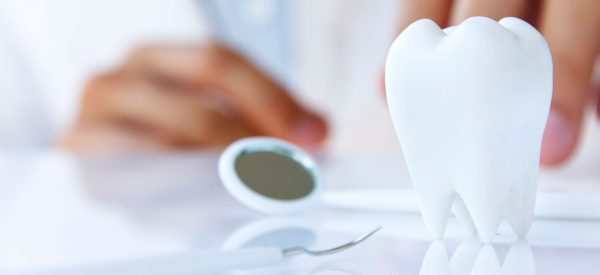
It is important to follow instructions after you have oral surgery to ensure proper healing and to avoid complications. As a rule of thumb, you should always wait two hours after surgery before eating to let the anesthesia wear off. Trying to eat before this could result in soft tissue damage because you are not able to feel all of your mouth. The instructions found below are guidelines. After your surgery the doctor or dental assistant will give you full instructions on how to properly recover from surgery.
BEFORE ANESTHESIA
There are a few steps that patients need to take prior to anesthesia. First, you should not eat or drink anything at least 8 hours prior to surgery and refrain from smoking 12 hours prior to surgery. You will need someone to accompany you to the surgery and drive you home after. On the day of surgery, do not wear any jewelry, contact lenses, or dentures. If you regularly take medications, discuss those with the doctor to ensure that they are approved prior to surgery. Other than these simple considerations, there is nothing else you need to do to prepare for surgery. For more information please contact us.


AFTER WISDOM TOOTH REMOVAL
Wisdom tooth extraction is a surgical procedure that requires some post-operative care to reduce the chance of infection or other complications. Immediately after surgery, a gauze pad will be placed over the extraction site, which should not be removed for at least 45 minutes, and then discarded after that.
AFTER DENTAL IMPLANT SURGERY
After dental implant surgery, it is recommended that you take at easy for 48-72 hours. Resting assists the healing process and limits after surgery bleeding. Drink plenty of fluids, but nothing too cold. You may need to apply an ice pack to your face in twenty-minute intervals for the 2 days following surgery. If you received upper implants, do not blow your nose for two weeks.

It is common to experience slight bleeding for about two days after surgery. You will feel slightly uncomfortable the first two days following surgery, but the third day is generally better. An increase in temperature of about 1 to 2 degrees is to be expected and is not a cause for concern. Finally, while you can eat when you are hungry, do not chew directly onto the bone graft.

AFTER IMPACTED TOOTH
A tooth becomes impacted when there is not enough room to accommodate the space in the dental arch and growth becomes impossible. After surgery to remove an impacted tooth, mild discomfort and some swelling is expected.
MULTIPLE TOOTH EXTRACTIONS
The removal of one or two teeth is a simple procedure. Extracting multiple teeth requires that the jawbone be shaped and removed to prepare for a denture. You may experience the following after a multiple tooth extraction procedure. Within two days, you will experience the maximum swelling both inside the mouth and possibly around the eye as well.
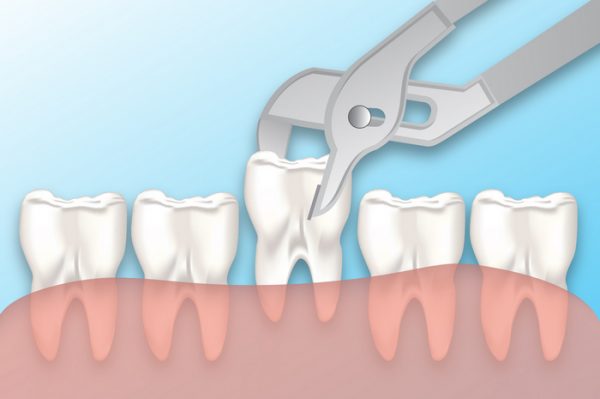
SEALANTS

Sealants are a great way to protect against tooth decay and cavities on your back teeth (molars). These are the teeth that are most vulnerable to cavities and decay because they are used in the chewing process, and are the most difficult to reach and clean. Molars first come in at around 5-7 years of age, with a second set coming in between the ages of 11-14. It is best to have a sealant placed when the molars first come in to ensure they are protected early.
ALTERNATIVE IMPLANT
OPTIONS IN OUR OFFICE
We have serviced a lot of great patients with a lot of great questions over the years. Questions, such as:
- ” I am missing ALL of my teeth, can I have an implant?” OR
- ” I have all my teeth , but you see, those three on the left are missing, can I have an implant?” OR
- ” I lost ONE of my teeth, can I have an implant?”
The answer to all the above, is always:” YES!”
Let us look at different options…
When You are missing ONE tooth, don’t worry, the replacement will be easy, functional and beautiful!
When a couple of teeth are missing, we can insert implants for every single missing tooth, or we can offer a bridge to replace three, four, five teeth with two implants on each side.
When You are missing All of your teeth, we can fabricate three different modalities of the dentures:
-One, two and four implant retained dentures.
EDUCATIONAL VIDEOS
GET IN TOUCH
Do you need help or have a questions? Fill out this form to get in touch.
OFFICE LINE
ADDRESS
707 ARNELE AVENUE, EL CAJON, CA 92020
dentalartssandiego@gmail.com
OFFICE LINE
(619) 444-1001
ADDRESS


